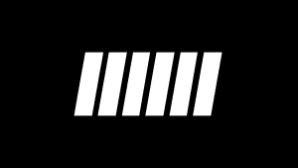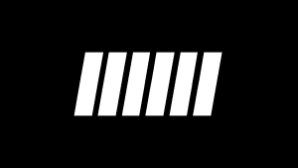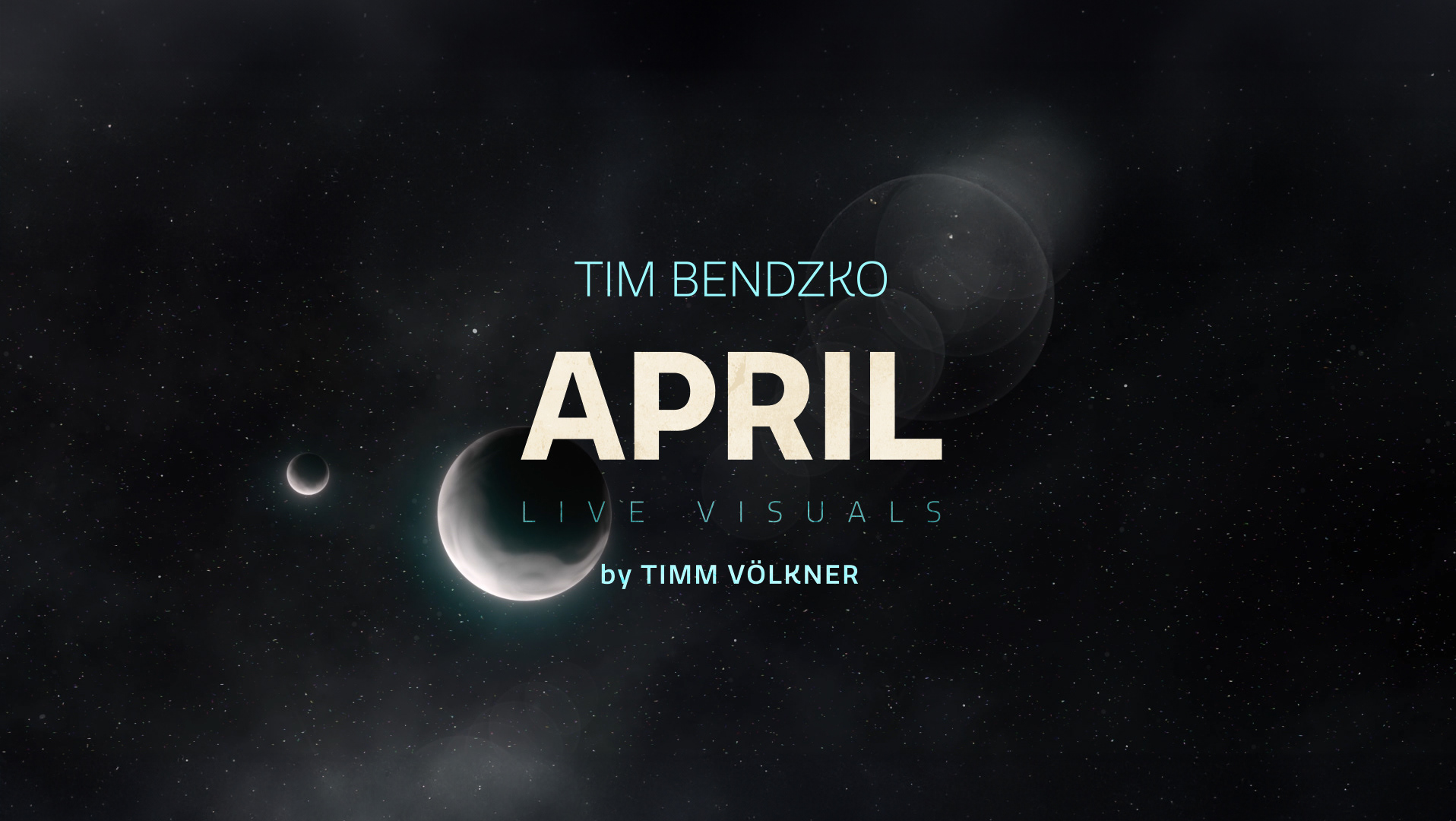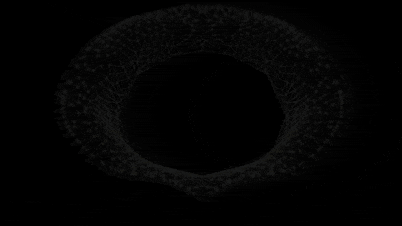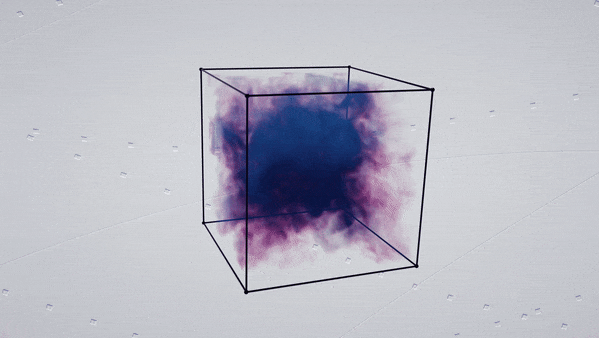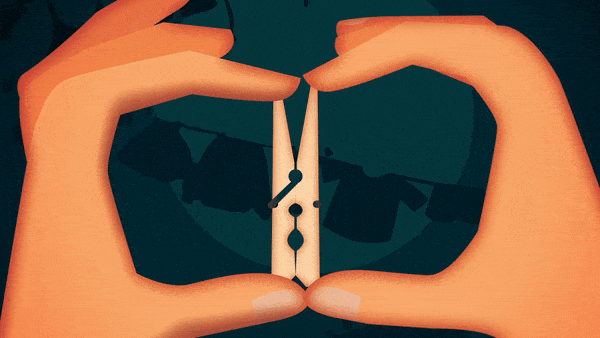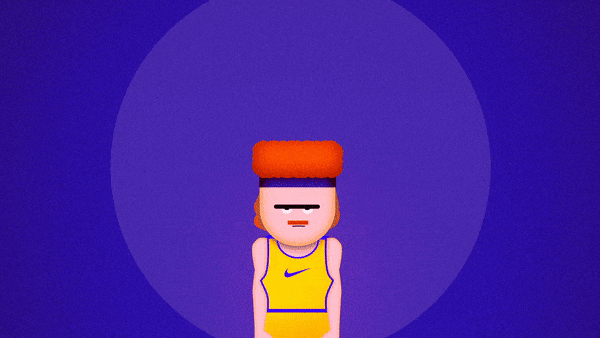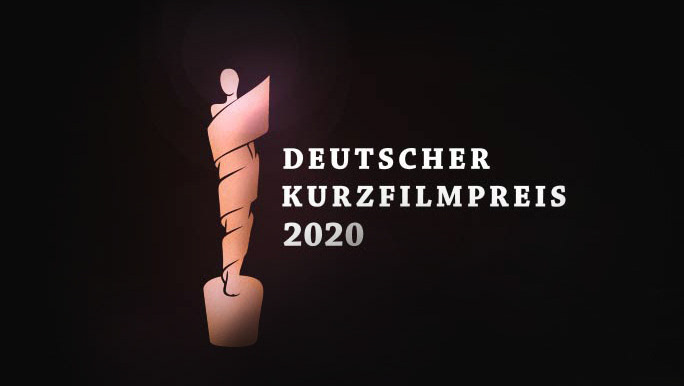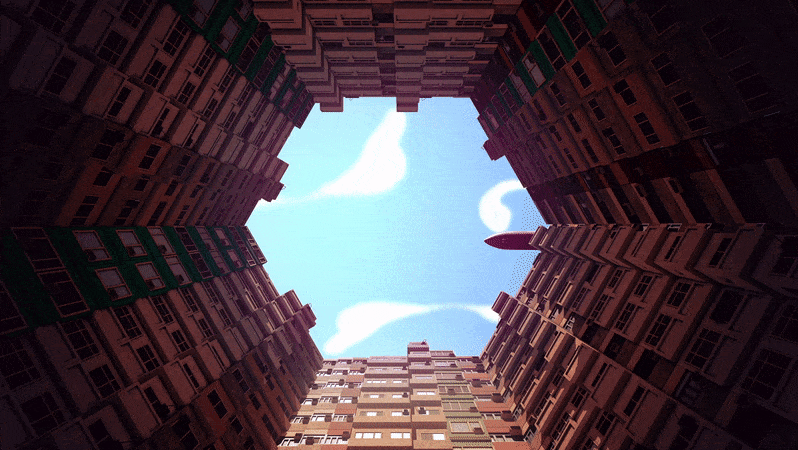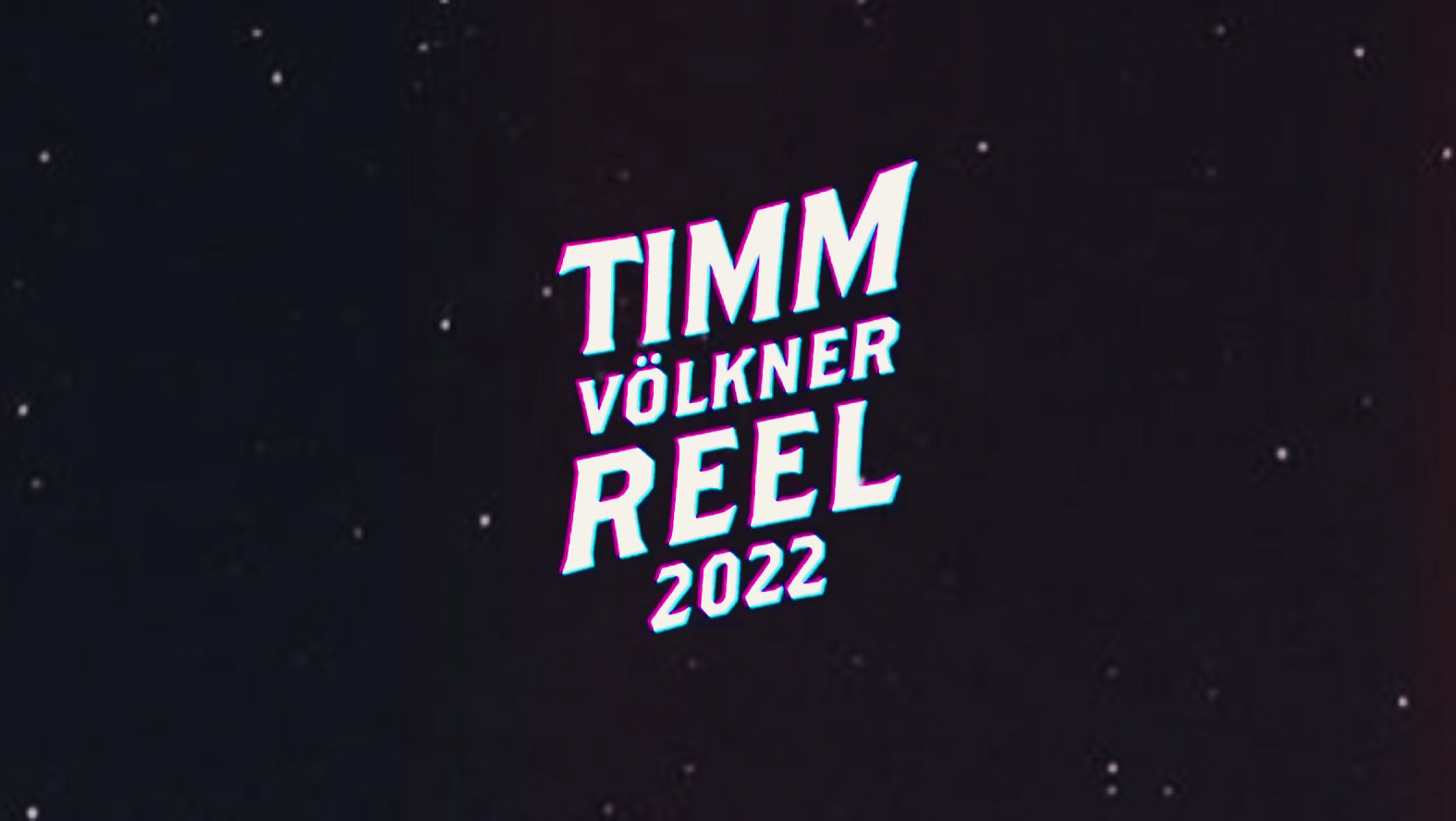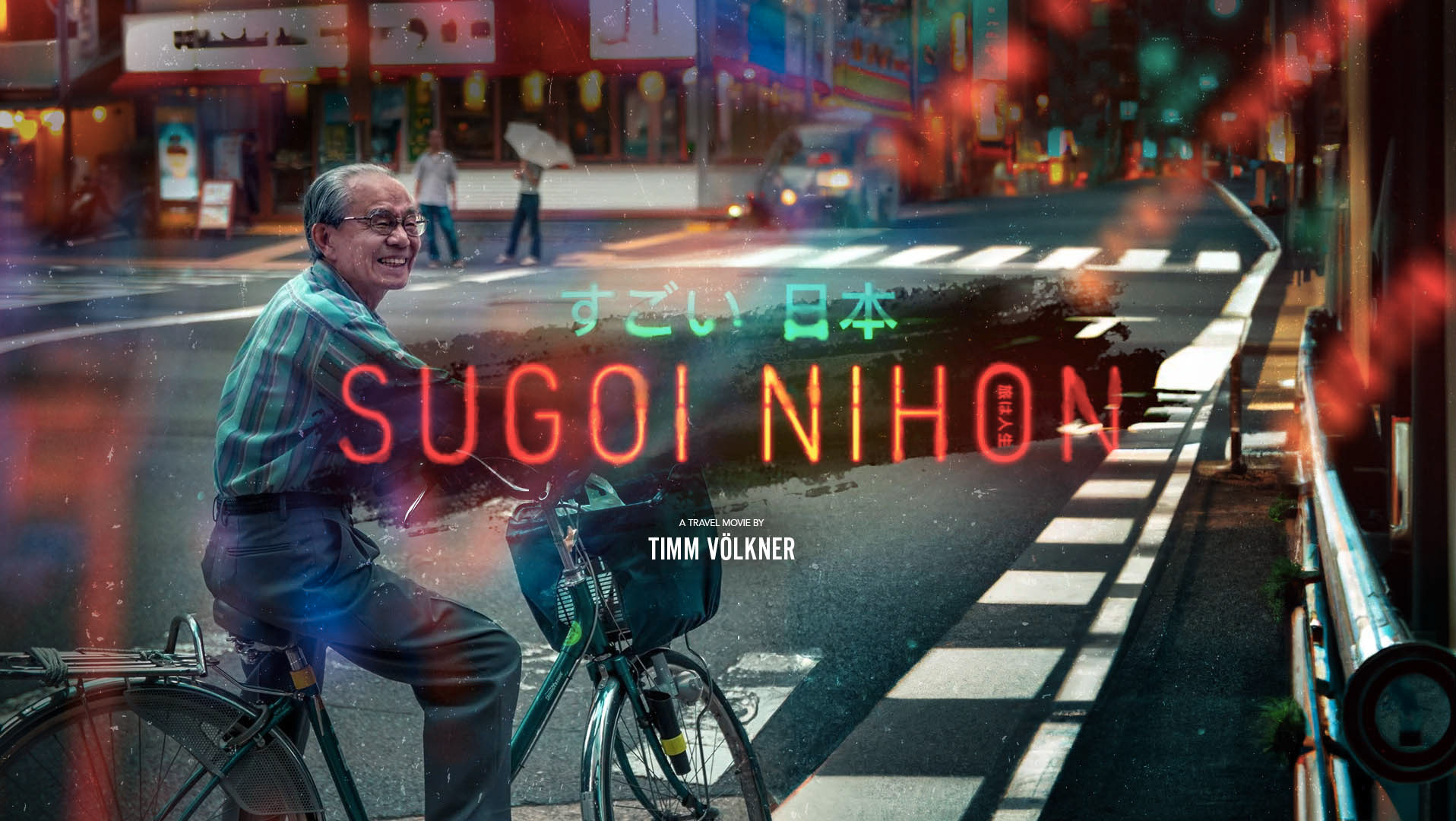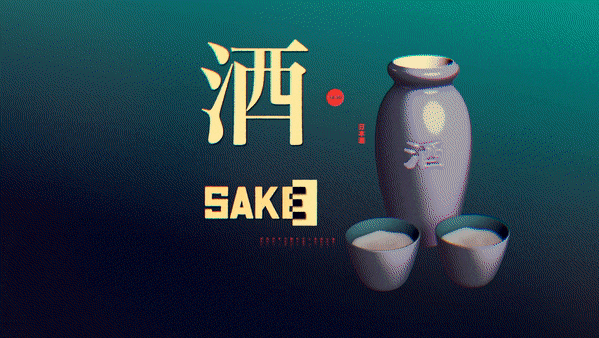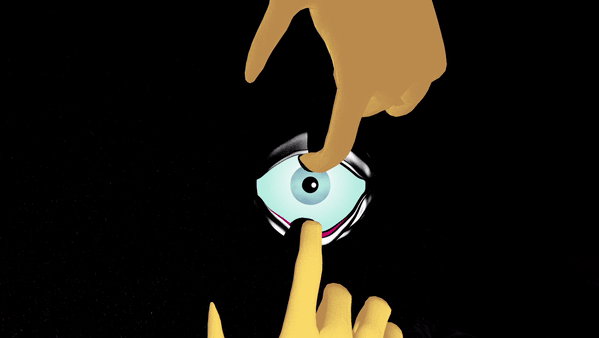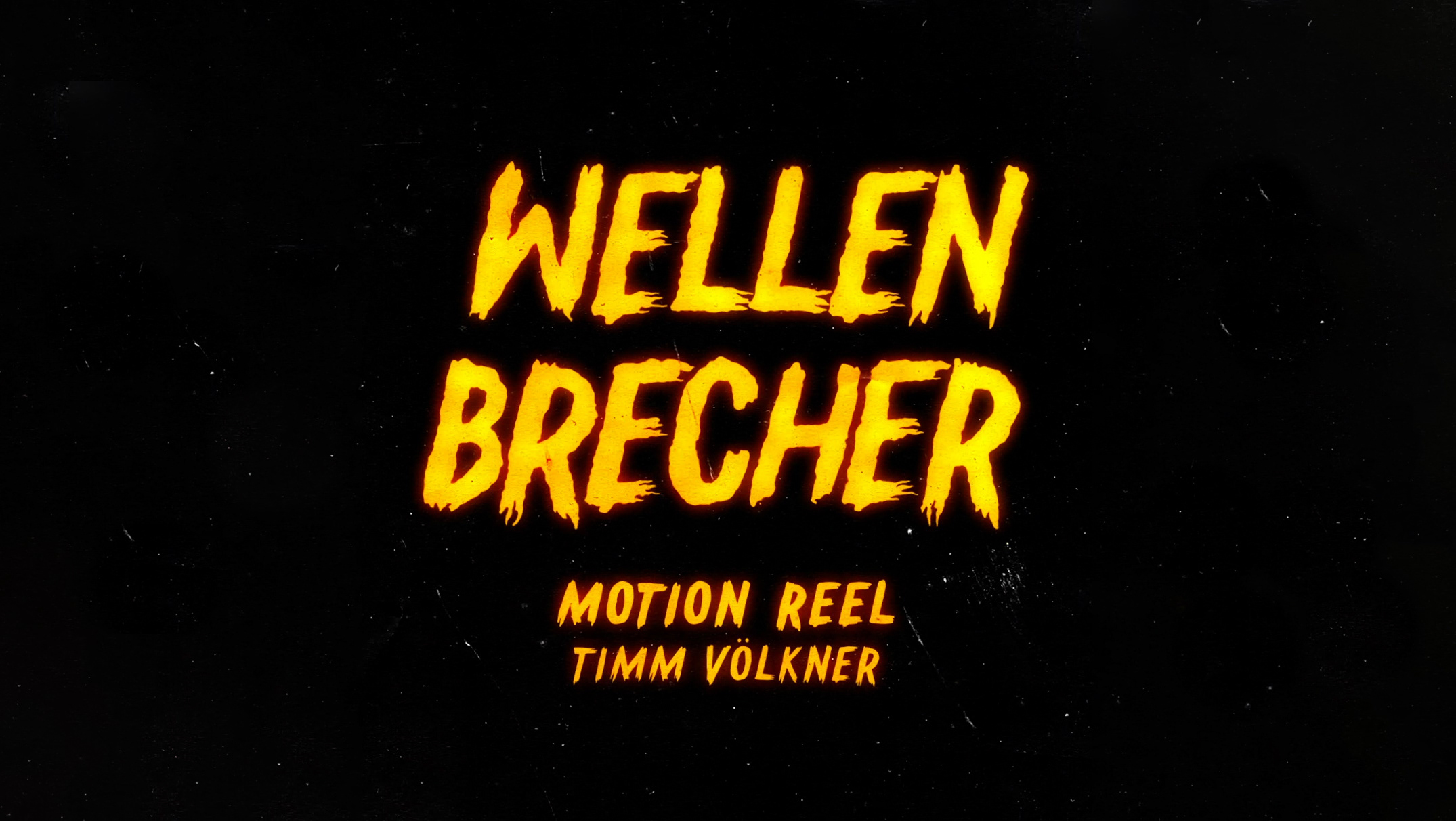Concordia is a six-part TV series for ZDF, produced by Intaglio Films, set in a Swedish town with a dark history of school shootings and crime. In an effort to reinvent itself, the town introduces a cutting-edge, AI-powered surveillance system and is rebranded as CONCORDIA—a so-called “city of the future.” Just as it stands on the verge of expansion, twin catastrophes strike: the town’s first-ever murder, and a hack of the very AI technology meant to keep it safe.
I was tasked with creating not just the title design, but the entire corporate identity of Concordia. This included developing a full style guide, logo, visual language, and the look and feel for everything from staff monitors to the actual surveillance system interface. Because Concordia is what’s known as a “near-fi” show—set in a world that could plausibly exist next year—the design had to feel sleek, modern, and futuristic without veering into sci-fi territory, which was both a challenge and a thrill.
To ensure the graphics looked consistent and conveyed a cohesive, branded feel, I created a fictional style guide for the company CONCORDIA. Above you can see two excerpts of its CI. This guide defined the brand’s voice, core values, and visual identity—helping maintain visual consistency across all scenes that required new graphical scenarios within the CONCORDIA corporate identity.
The surveillance interface had to show more than just the basics like time, camera number, and audio status. It also needed to reflect the AI’s capabilities—such as analyzing emotional states or vital signs of subjects, and even suggesting alternate camera angles to provide better context or a new perspective on a situation.
On the left, you can see a workflow overview showing all the camera numbers for consistency.
Even though it’s a fictional world, technological accuracy was really important to me.
I wanted the audience to be able to pause and explore the graphics—finding hints, easter eggs, or simply detailed information that actually makes sense in relation to the scene or plot of the show.
Even though it’s a fictional world, technological accuracy was really important to me.
I wanted the audience to be able to pause and explore the graphics—finding hints, easter eggs, or simply detailed information that actually makes sense in relation to the scene or plot of the show.
I also designed the entire Concordia OS to support various use cases: data organization, writing reports, sending emails, coding, and most importantly, reviewing surveillance footage flagged by the AI as potentially illegal. These clips would then be re-evaluated by human staff for final confirmation.
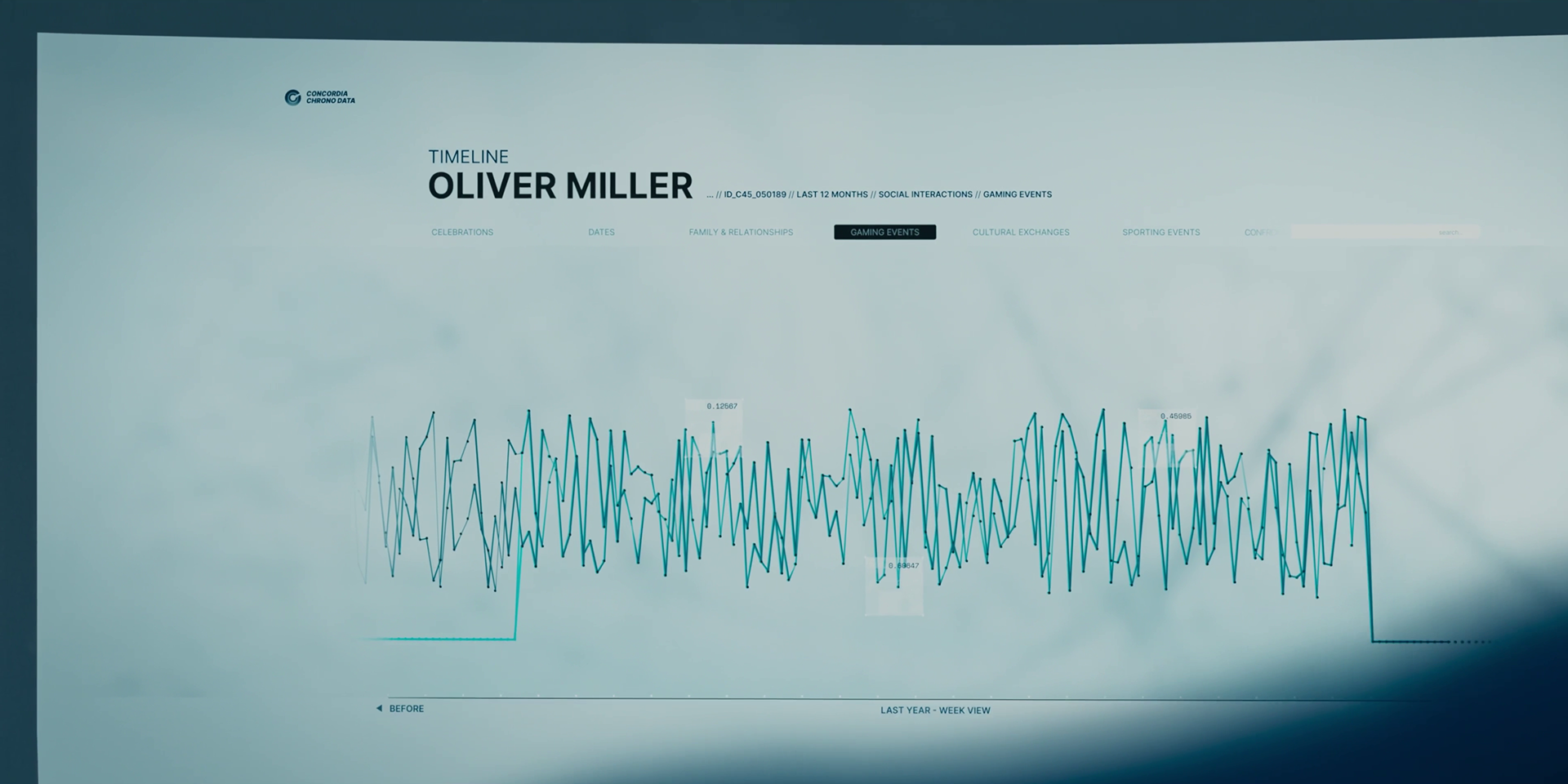

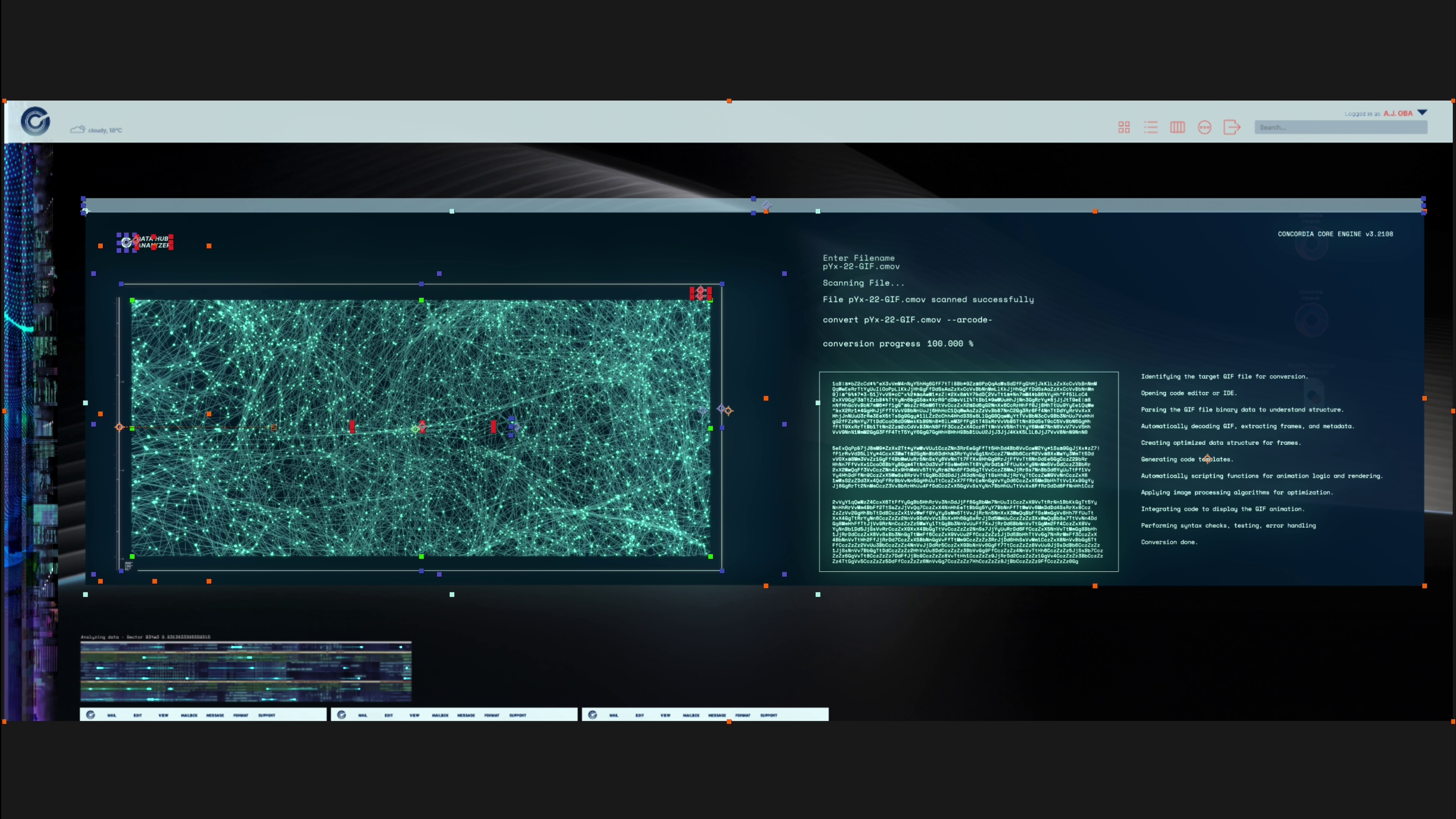
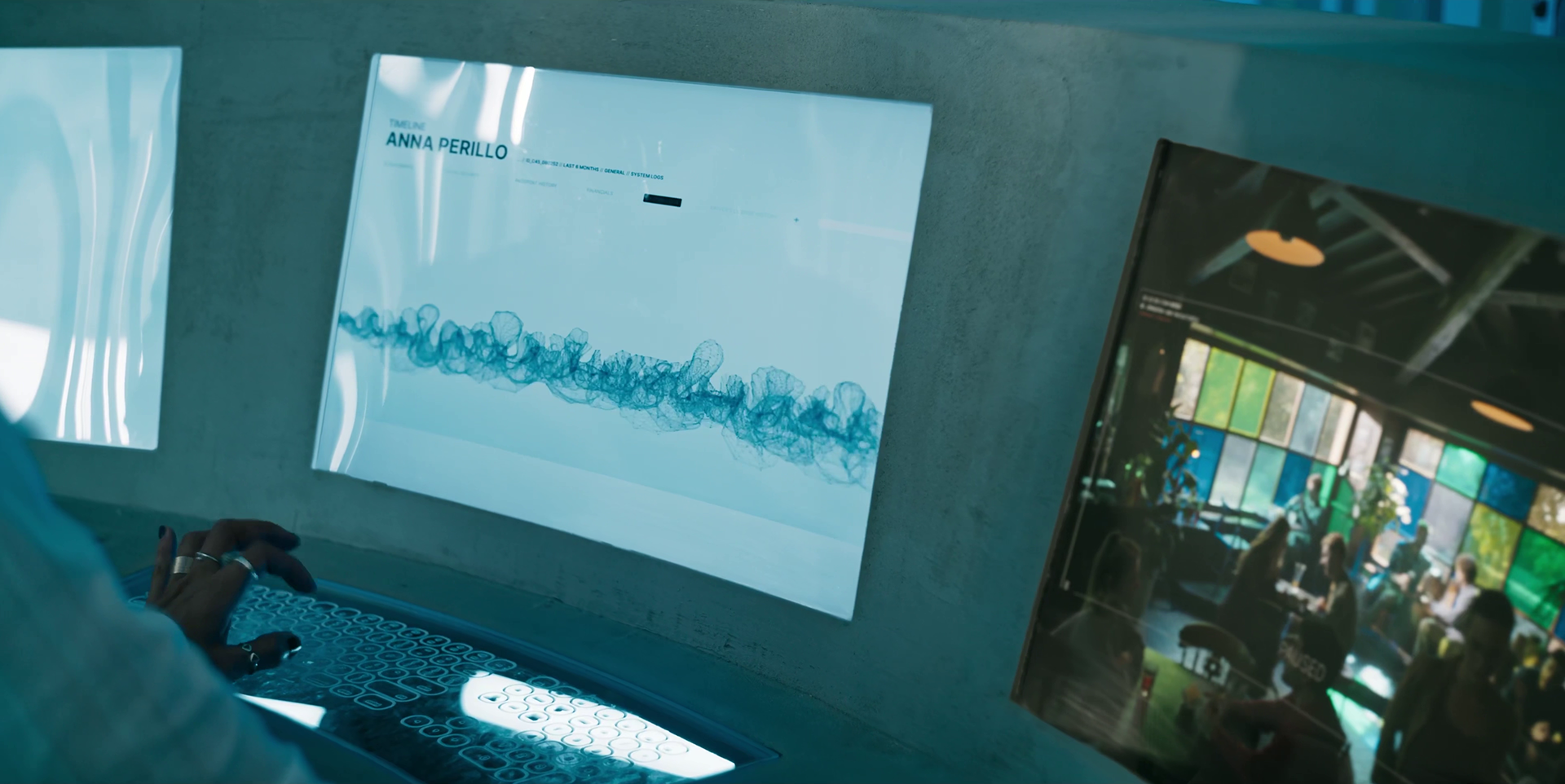
When accessed the citizen’s data archive, the audience needed to clearly understand the scope and structure of all the collected information by A.I.—ranging from professional records to daily routines and social interactions. To achieve this, I developed a dynamic “data cloud” with each data point mapped in 3D space based on its context. When a specific point was selected, it would transform into a 2D graphic for clearer insight and easier statistical interpretation.
Some of the designs and animations—rather than being simply overlaid on top of the footage in grading — were carefully composited by D-FACTO Motion, who did an excellent job making everything feel as visually believable and integrated as possible.
